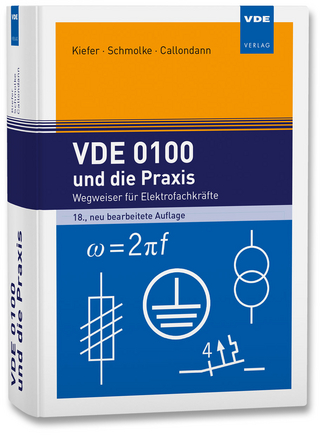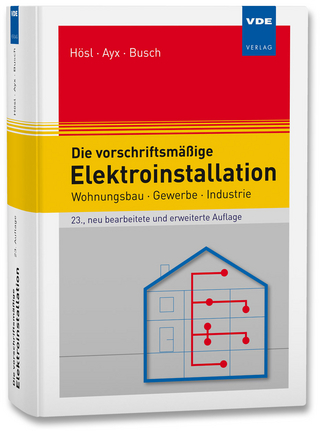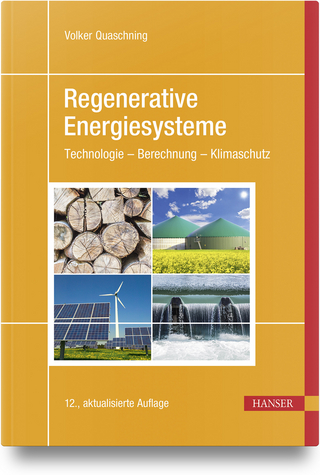
Theoretical investigations of electromagnetic control of glass melt flow
Seiten
2008
TU Ilmenau Universitätsbibliothek (Verlag)
978-3-939473-37-4 (ISBN)
TU Ilmenau Universitätsbibliothek (Verlag)
978-3-939473-37-4 (ISBN)
- Titel ist leider vergriffen;
keine Neuauflage - Artikel merken
The electromagnetic flow control of fluids with high electrical conductivity like liquid metals has been investigated so far and is well established in industrial processes. The application of electromagnetic (Lorentz) forces in fluids with a low electrical conductivity such as glass melts is a comparably new topic. The Lorentz force in glass melts can be generated by the interaction of an imposed electrical current and an external magnetic field. Basically, the Lorentz force can be used to regulate the mass flow rate in a duct or a pipe or to improve the mixing.
This theoretical work addresses both applications in glass melts and focuses on the consideration of the temperature-dependent viscosity and electrical conductivity.
In the first main part of the thesis the pipe flow of glass melt is studied on the basis of an one-dimensional analytical model. The flow is influenced by Lorentz force and gravity as well as temperature variation due to wall heat loss, electrical heating, advection, and heat diffusion. For high and very low driving forces the mean velocity is found to be proportional to the forces as known from laminar pipe flow with constant material properties. In between these two regimes, however, a new flow regime is identified. If there are no heat losses through the wall, the mean velocity is proportional to the square root of the driving force. In the presence of wall heat loss the solution for the steady flow is even found to be non-unique, and to involve bifurcations. This nonlinear behavior is shown to be a result of the closed-loop interaction between the velocity, temperature, and temperature-dependent material properties. The results of the analytical model are validated by two-dimensional axisymmetric numerical simulations. The non-unique flow characteristic could be observed in a simple non-magnetic experiment.
In the second main part of the thesis three-dimensional numerical simulations of glass melt in a small scale crucible heated by two rod electrodes are presented. The Lorentz force leads to an overall increase of the kinetic energy and, if it is the dominating driving force, the mean velocity is found to be an almost linear function of the Lorentz force. The transition from a buoyancy dominated flow regime to a Lorentz force dominated one and vice versa is characterized by a hysteresis. One obtains two steady solutions for one set of parameters depending on the starting conditions of the steady calculations. The threedimensional problem is then reduced to an one-dimensional set of algebraic equations describing steady buoyancy driven laminar flow of glass melt in a closed loop under the influence of a localized Lorentz force. The loop is a highly simplified representation of a closed streamline in glass melt flow in the small scale crucible or a real furnace. The model reveals the role of temperature-dependent viscosity and conductivity in glass melt flows in a pure form that is not visible in full numerical simulations. Finally, the results obtained with the different approaches are compared with each other.
This theoretical work addresses both applications in glass melts and focuses on the consideration of the temperature-dependent viscosity and electrical conductivity.
In the first main part of the thesis the pipe flow of glass melt is studied on the basis of an one-dimensional analytical model. The flow is influenced by Lorentz force and gravity as well as temperature variation due to wall heat loss, electrical heating, advection, and heat diffusion. For high and very low driving forces the mean velocity is found to be proportional to the forces as known from laminar pipe flow with constant material properties. In between these two regimes, however, a new flow regime is identified. If there are no heat losses through the wall, the mean velocity is proportional to the square root of the driving force. In the presence of wall heat loss the solution for the steady flow is even found to be non-unique, and to involve bifurcations. This nonlinear behavior is shown to be a result of the closed-loop interaction between the velocity, temperature, and temperature-dependent material properties. The results of the analytical model are validated by two-dimensional axisymmetric numerical simulations. The non-unique flow characteristic could be observed in a simple non-magnetic experiment.
In the second main part of the thesis three-dimensional numerical simulations of glass melt in a small scale crucible heated by two rod electrodes are presented. The Lorentz force leads to an overall increase of the kinetic energy and, if it is the dominating driving force, the mean velocity is found to be an almost linear function of the Lorentz force. The transition from a buoyancy dominated flow regime to a Lorentz force dominated one and vice versa is characterized by a hysteresis. One obtains two steady solutions for one set of parameters depending on the starting conditions of the steady calculations. The threedimensional problem is then reduced to an one-dimensional set of algebraic equations describing steady buoyancy driven laminar flow of glass melt in a closed loop under the influence of a localized Lorentz force. The loop is a highly simplified representation of a closed streamline in glass melt flow in the small scale crucible or a real furnace. The model reveals the role of temperature-dependent viscosity and conductivity in glass melt flows in a pure form that is not visible in full numerical simulations. Finally, the results obtained with the different approaches are compared with each other.
| Sprache | englisch |
|---|---|
| Maße | 148 x 210 mm |
| Gewicht | 150 g |
| Einbandart | Paperback |
| Themenwelt | Technik ► Elektrotechnik / Energietechnik |
| Schlagworte | HC/Technik/Elektronik, Elektrotechnik, Nachrichtentechnik |
| ISBN-10 | 3-939473-37-5 / 3939473375 |
| ISBN-13 | 978-3-939473-37-4 / 9783939473374 |
| Zustand | Neuware |
| Informationen gemäß Produktsicherheitsverordnung (GPSR) | |
| Haben Sie eine Frage zum Produkt? |
Mehr entdecken
aus dem Bereich
aus dem Bereich
Technologie – Berechnung – Klimaschutz
Buch | Hardcover (2023)
Hanser (Verlag)
39,99 €


